Physiology and Health
Gamete production and fertilisation
Gametes are reproductive cells. Male gametes are called sperm. Female gametes are called ova. Fertilisation takes place in the oviduct when the nucleus of a sperm fuses with the nucleus of an ovum. These two haploid cells produce a diploid zygote.

Hormonal control of reproduction
Hormones control puberty, the menstrual cycle, and sperm production and play a crucial role in in the control of reproduction in humans
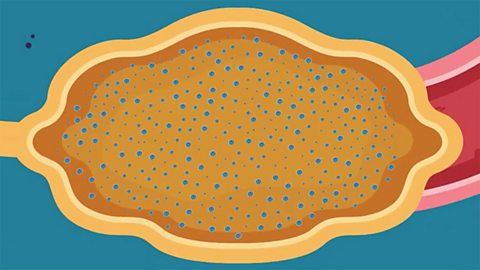
The biology of controlling fertility
Fertility is the ability to produce offspring. Fertility is continuous in males and cyclical in females. Infertility can have a number of causes and there are a range of infertility treatments that work in different ways. Physical and chemical methods of contraception can prevent fertilisation and pregnancy.

Antenatal and postnatal screening
Antenatal and postnatal screening are used to protect the health of mothers and babies. Antenatal techniques include ultrasound imaging, dating scans, blood and urine tests and diagnostic testing, such as amniocentesis, CVS and genetic screening. Postnatal screening can involve diagnostic testing such as PKU.
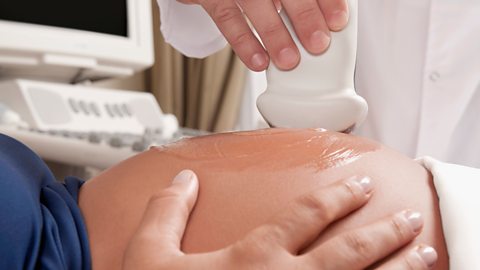
Structure and function of arteries, capillaries and veins
Blood is pumped from the heart in the arteries. It is returned to the heart in the veins. The capillaries connect the two types of blood vessel and molecules are exchanged between the blood and the cells across their walls.
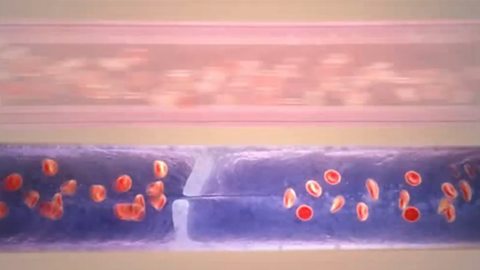
Structure and function of the heart
In this Higher Human Biology revision guide, you will learn in detail that cardiac output is a measure of the rate of blood flow through the heart and its associated blood vessels. You can also revise the blood vessels leading into and out of the heart, the cardiac conduction system, and autonomic and hormonal control.
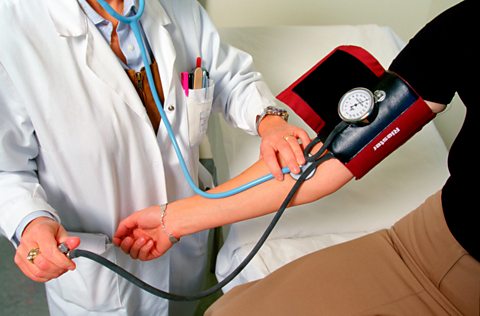
Pathology of cardiovascular disease (CVD)
Cardiovascular disease affects the heart and blood vessels. It is usually associated with a build-up of fatty deposits inside arteries.
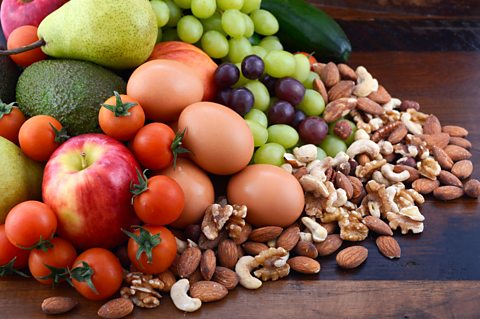
Blood glucose levels and obesity
Pancreatic receptors are involved in negative feedback control of blood glucose through insulin, glucagon and adrenaline. People with type 1 diabetes are unable to produce insulin. In type 2 diabetes, individuals produce insulin but their cells are less sensitive to it. Obesity is a major risk factor for cardiovascular disease and type 2 diabetes.
